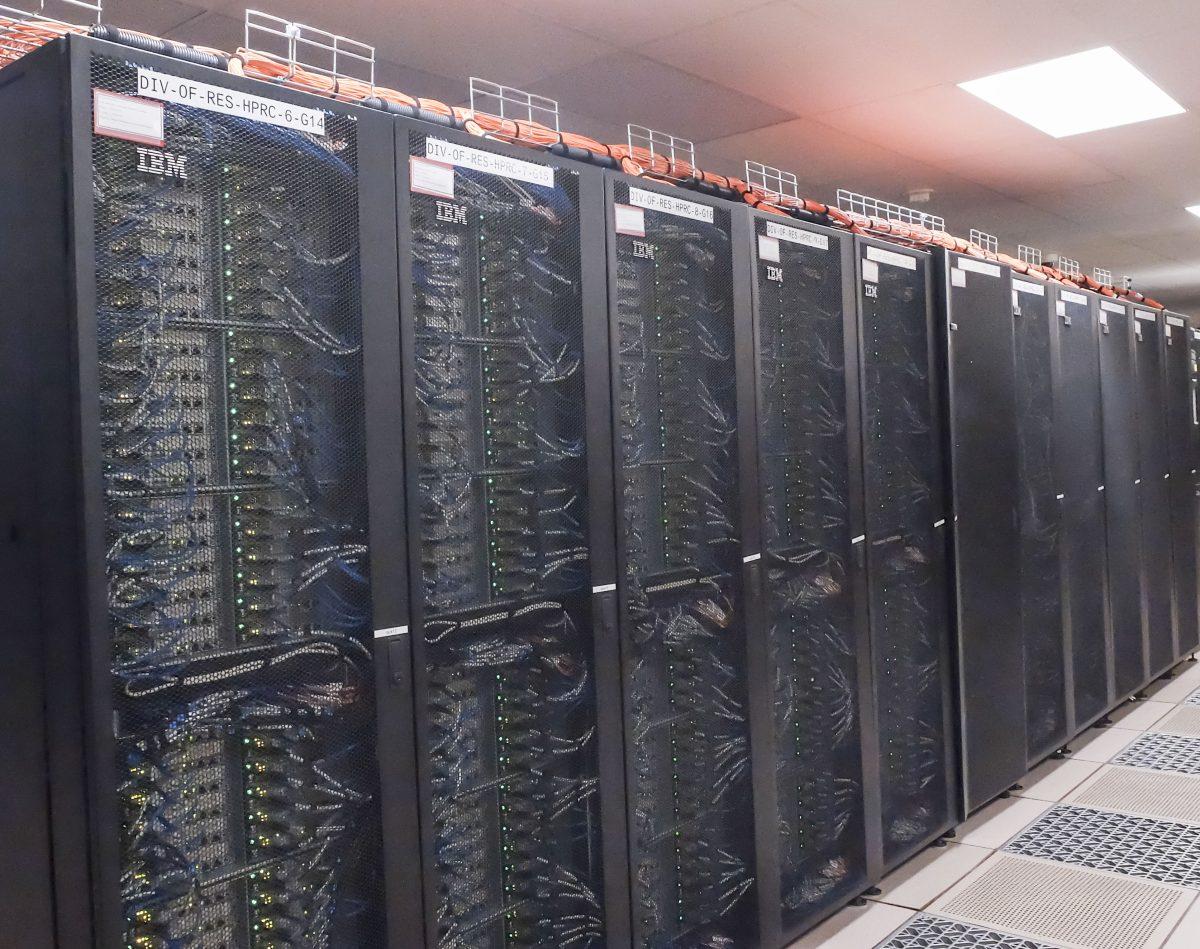The next physics breakthrough may be in the works due in part to the efforts of Texas A&M scientists.
A&M physicists are working with the largest particle accelerator in the world, known as the Large Hadron Collider. The collider itself is located on the border of France and Switzerland and has a massive 17 mile circumference. Scientists from around the world hope to discover nature’s building blocks and one A&M physics graduate student, Alexx Perloff, is highly involved in the search for new fundamental particles.
He described the data analysis as, “crashing two cars, taking pictures of what flies out of the crash and then trying to determine make and model of the cars.”
“The LHC accelerates protons and they collide in the center of our CMS [Compact Muon Solenoid] detector,’” Perloff said. “We measure what comes out of these collisions and our goal is to discover things that are ‘beyond the standard model.”
The standard model is everything known about the universe in mathematical equations. At this moment in time however the model is insufficient and does not yet account for dark matter, dark energy and a plethora of other particles that haven’t been observed or measured.
“Another way of saying it is that we want to discover the physics that isn’t in our equations,” Perloff said.
One of these particles that Perloff is specifically studying is the Higgs Boson, also referred to as the “God Particle.”
“The Higgs Boson decays very, very quickly, we create it by colliding two protons together, and it almost immediately decays,” Perloff said.
Particle decay simply means that an unstable particle breaks apart into a “particle zoo” of subatomic building blocks.
The amount of data that Perloff must process is massive and has taken years to go through. High-powered computers utilize complex software that attempts to reconstruct what happened in particle collisions generated by the LHC. This is where Perloff’s work comes into the picture.
Perloff must search through the massive amounts of data generated from each LHC particle collision for the sub-particles he needs for his research. For each instance that these particles are found, Perloff runs 61 probability calculations to determine what most likely happened in the instants after the collision.
“The calculations themselves take minutes per event. This is very slow as you want to cycle through thousands of events per second,” Perloff said. “That is why the process takes longer.”
The Higgs boson has been found, but Perloff and other researchers continue to look for other particles.
Another excellent example of searching for things outside the standard model is dark matter.
“We have never been able to make it or measure it, and we don’t know what it is, so we assume it is a particle,” Perloff said. “Some new theories believe that we will be able to make dark matter in the LHC and detect its decay products.”
If this becomes a reality, it will likely be possible to construct a model of what dark matter looks like.
Ricardo Eusebi is an A&M physics professor and Perloff’s advisor. He is a leading faculty member of the CMS research group at Texas A&M that analyzes LHC data.
“We have a team of about 30 people at the university that are working with the CMS detector of the LHC,” Eusebi said. “It is led by four faculty members and is made up of a large number of post-docs, and graduate students.”
A&M is one of 50 universities involved with the CMS detector. A&M participates in many ways, including data analysis and the design of the upgraded CMS.
As impressive as its capabilities are, the creation of the LHC was a feat in its own right.
CERN, or the European Organization for Nuclear Research, was started by a branch of the United Nations in 1954. It is made up of 21 member countries and cooperating countries, which the United States is included in. Member countries give a percentage of their GDP to CERN and this money is used for building the LHC and all of its detectors.
Within the LHC there are four primary detectors.
CMS is the experiment with which Texas A&M is involved. It searches for information about the Higgs Boson particle.
The other area A&M is working on is the design of the upgraded detector, which has “revolutionary” potential, said Eusebi.
“We may be able to find new building blocks of nature that we have never seen before,” Eusebi said.
These can range from dark matter to evidence of supersymmetry — a theory that predicts that there are many different types of building blocks that we haven’t seen yet.
Finding these particles would be a tremendous breakthrough, akin to the discovery of atoms, or cells.
This degree of scientific advancement does not come without cost. The upgraded CMS detector is estimated to cost upwards of $300,000,000 dollars.










